ARMANI SYED AND ANNA GORDON
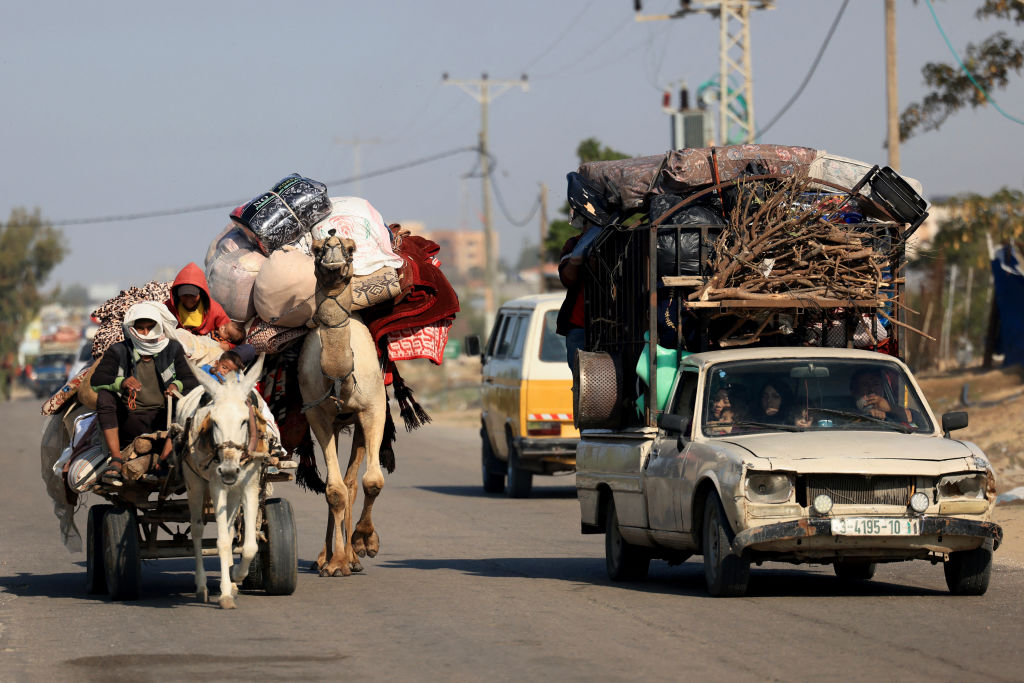
Gazans are facing new mass evacuation notices after the Israeli military said on Sunday that its ground assault in Gaza had expanded to include all of the Palestinian enclave.
On Monday, Israeli forces urged residents to evacuate central Gaza and the southern city of Khan Younis, which has since faced a campaign of heavy bombing. The IDF has posted an illustrative map with numbered conflict zones on social media, telling Palestinians to head south towards Rafah, which has also faced bombardment, or to the West of the strip.
"The IDF (Israel Defence Forces) continues to extend its ground operation against Hamas centers in all of the Gaza Strip," spokesperson Rear Admiral Daniel Hagari told reporters in Tel Aviv. "The forces are coming face-to-face with terrorists and killing them,” Hagari added. Israel’s government spokesperson, Eylon Levy, claimed that the military has struck over 400 targets.
The Jabaliya refugee camp is also among Israel’s renewed targets. But locals—many of whom have already been evacuated from the North—say there are no safe places left to go. OCHA estimates that 1.8 million people have now been displaced in Gaza, amounting to 75% of the population.
The move comes two days after a temporary ceasefire between Israel and Hamas broke down on Friday, with both sides blaming each other for breaching the deal. During the seven-day pause, 105 hostages were released by Hamas, in exchange for 240 Palestinian women and children who were held in Israeli prisons.


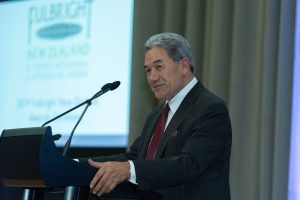
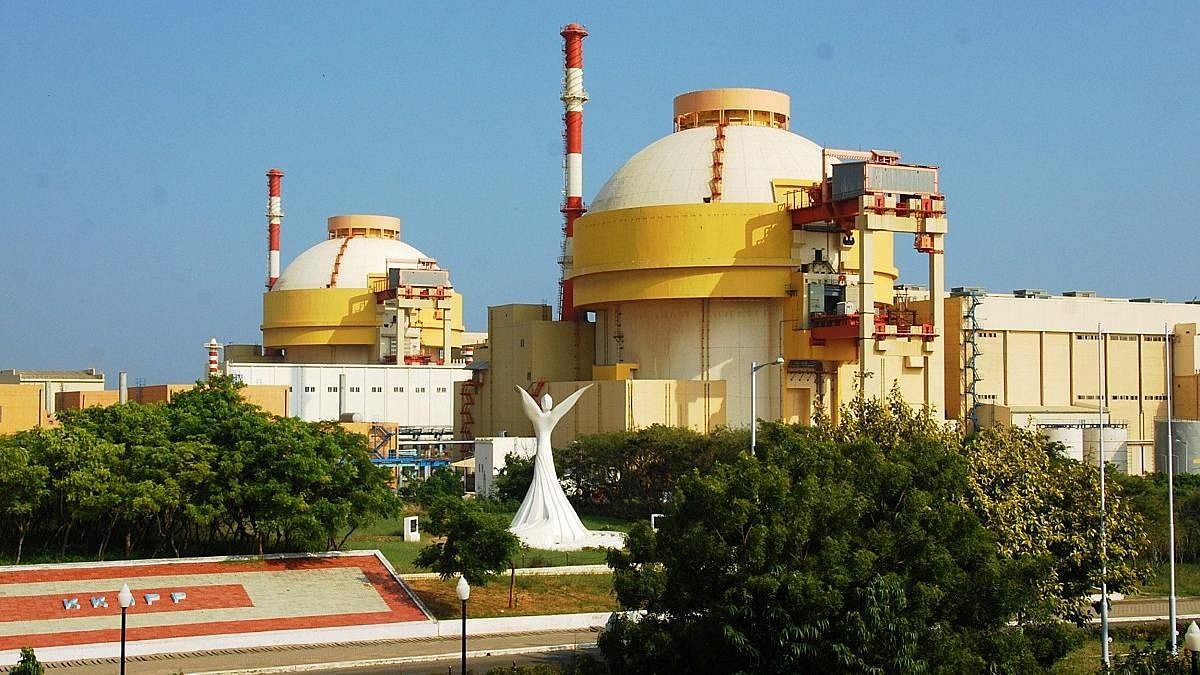
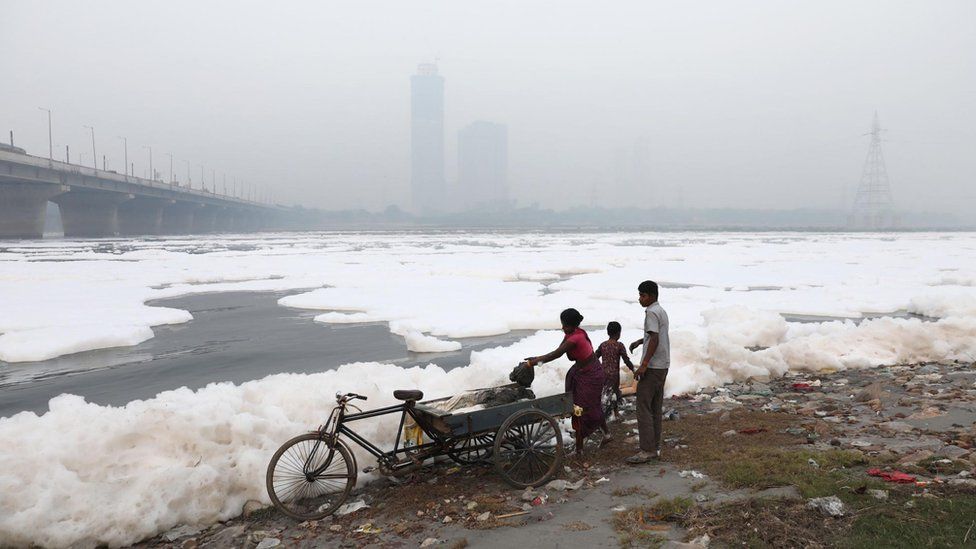
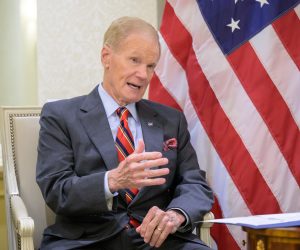


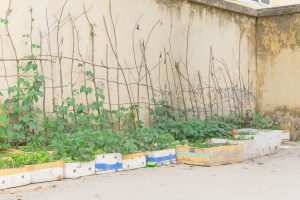





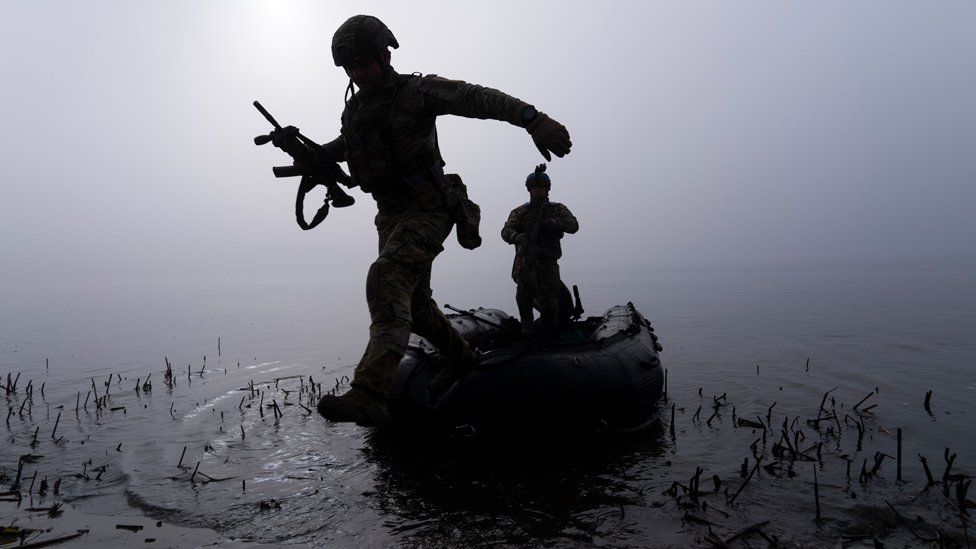





:quality(70)/cloudfront-us-east-1.images.arcpublishing.com/archetype/RQZDTHVIQNBQVBGG5INCU7JVWU.jpg)